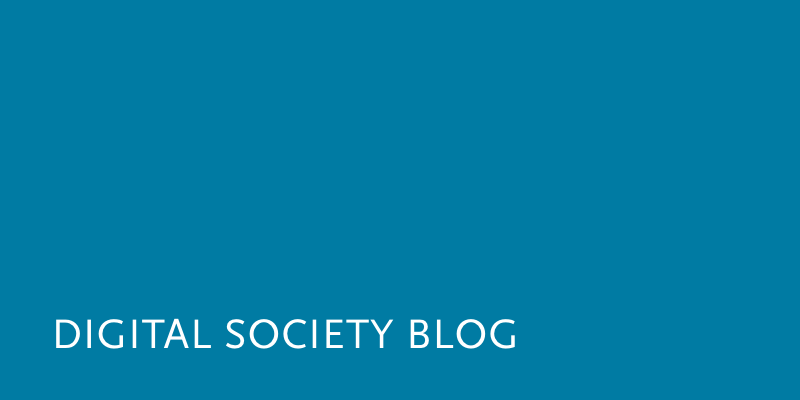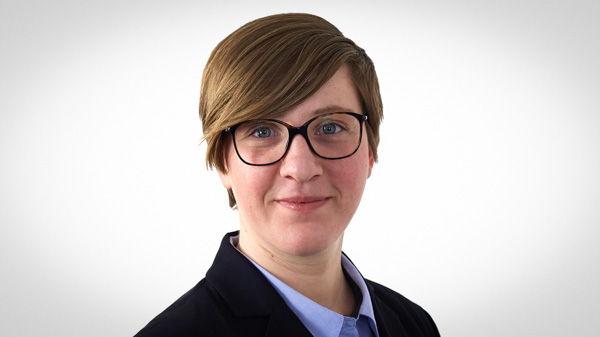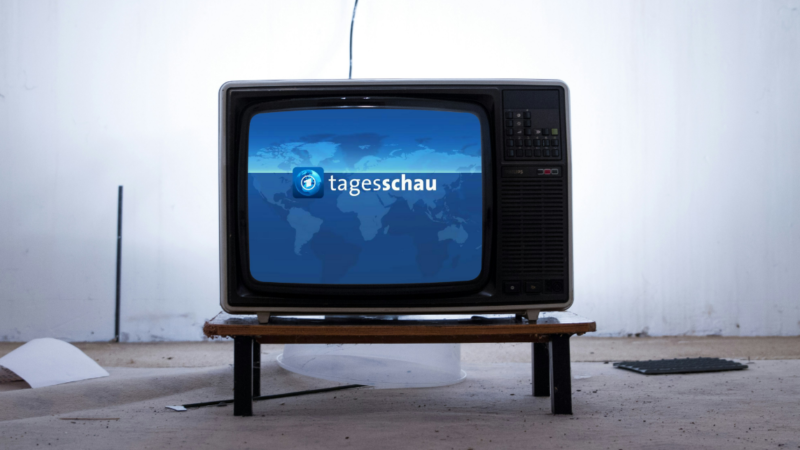Making sense of our connected world

Cogent v Deutsche Telekom: a classy conflict
Cogent and Deutsche Telekom were peers… until the US network operator sued its German counterpart. The case serves to illustrate a broader issue in net policy.
In early December, a conflict at the core of the internet made the headlines: US network operator Cogent Communications Holdings, Inc. sues Deutsche Telekom AG for breach of contract. In its press release, Cogent accuses Deutsche Telekom of failing to increase technical capacity at two internet exchanges, leading to the congestion at interconnections between the two networks (Cogent, 2015). It is difficult to see through the issue at stake, but there is an interesting detail to Cogent’s accusation: in the press release, Cogent refers to itself as a “multinational, Tier 1 facilities-based ISP” (Internet Service Provider). Deutsche Telekom is referred to as the “dominant provider of residential Internet service in Germany”.
Cogent uses a hierarchical categorisation of network operators. Within the industry, this categorisation is both popular and controversial. Tier 1s are networks that “peer away” all of their traffic. They have settlement-free peering agreements with all of their interconnection partners, meaning that they exchange traffic mutually in a cost neutral way. By definition, Tier 1s can reach any endpoint of the internet through peering alone. Down from the Tier 1 level, borders blur. Tier 2 usually refers to trans-regional networks who exchange large portions of their traffic through peering arrangements but also sell transit. Typically, Tier 2 have points of presence in several regions. The term Tier 3 is hardly in use, maybe because it refers to the lowest level, which no one wants to identify with voluntarily: the local internet providers.
Classifying network operators in tiers has been criticised for various reasons. For one, the classification does not account for the diversity of network profiles that can be found in today’s interconnection landscape, e.g., it does not consider content distribution networks, infrastructure such as service providers or gaming networks. What is more, it is not possible to verify the classification. Experts can detect which networks are interconnected, but it is only the interconnected parties who have insight into the commercial underpinnings of their relationship. Theoretically, any network operator can assert that all of his or her interconnection relationships are peerings on a settlement-free basis and therefore claim for the network to be a Tier 1. Experienced networkers joke: “Tier 1 is always yourself. Tier 2 is always somebody else.” In practice the classification in tiers depends on the credibility of those who refer to it.
Cogent’s wording serves a purpose
Cogent wishes to be seen as a Tier 1, and in Cogent’s language Deutsche Telekom does not count as a Tier but is simply framed as the dominant internet access provider in Germany. Cogent linguistically degrades Deutsche Telekom, which would like to be a member of the Tier 1 club as well, professional sources say. Cogent readily provides a different kind of box for the competitor, namely the box of internet access providers for private individuals. Cogent hereby emphasises a particular feature of Deutsche Telekom. One in which the two differ: Deutsche Telekom’s powerful role as a gatekeeper between end-users in Germany and the rest of the internet.
Cogent’s wording is unlikely to be a coincidence. In spring 2015 the US regulator FCC adopted net neutrality rules for “broadband Internet Access Services” and classified them as providers of “telecommunication services” (Wheeler, Clyburn, Rosenworcel, Pai & O’Rielly, 2015). Still unresolved is the question of whether interconnection arrangements between access network now fall under the supervision of the FCC or not (cf. Sasso, 2015). This is precisely what’s at stake in the case Cogent v Deutsche Telekom. Further, this case allows us to watch the interplay between classification and formal regulation: legislators draw on classifications in order to determine the material scope of a law. They use classifications to meet the constitutional requirement of legal certainty: citizens must be able to predict what is right. That includes being able to clearly determine the scope of a law. There obviously shall be no doubt that Deutsche Telekom belongs to the category of internet access services – to which the FCC’s Open Internet Order applies.
Classifications are not neutral
However, what Melvin Kranzberg has stated nearly 30 years ago for technology is also true for categories: they are neither good nor bad; nor are they neutral (see Kranzberg, 1986). As with technologies, we can make sense of classifications only in the context of their use. And as with technologies, when classifications get invented, the ideas, assumptions and interests of the inventors get baked into the emerging ordering schemes. Classifications offer boxes (categories) into which we can sort phenomena. They highlight certain features and assert that these features are good measures of differentiation. By declaring certain features as relevant, classifications automatically ignore other features, rending them peripherical. In other words, classifications suggest a particular perspective on a domain. (Recommended read: Bowker & Star, 2000)
Now, when a regulation draws upon a classification, the grid of that classification becomes of interest. What features have been equipped with distinctive power? What alternative options have been left unconsidered? Cogent reckons several features for the formation of categories. For itself: 1. tier structure; 2. regional basis; 3. ownership of facilities. And for the competitor: 1. position in the market (“dominant”), 2. residential/commercial internet access. In the course of the legal proceedings it will be interesting to see which features will be taken up by the court, particularly with regard to net neutrality.
Internet infrastructure is a moving target
How crucial classifications can become can be witnessed in Germany these days. On 17 July 2015, the German legislator decided to impose extensive operational and reporting obligations to operators of so-called critical infrastructure. Parliament passed significant changes to the BSIG1 law. However, the amended law just vaguely denotes what characterises a critical infrastructure (see Sec. 2 Para. 10 BSIG). Right now, network operators such as internet exchange points, internet service providers or content distribution networks can only guess whether they will be affected or not. The title of a recent industry event read: ‘Are we a critical infrastructure?‘. A statutory instrument shall provide clarity some time in 2016. As of today, only one thing is certain: behind the scenes struggles about the underlying classification are in full swing.
It would be easy to dismiss the examples above as isolated cases. But there are related questions that run in the same vein: Is internet connectivity a utility? Are content distribution networks internet service providers? And what characterises an intermediary? These issues at hand point to a more general problem: the difficulty to invent classifications for an infrastructure that is developing dynamically. Regulatory pressure already weighs on infrastructure actors. Too many important social functions depend on internet connectivity. That is why the pressure is unlikely to diminish. So how do we develop classifications that cater to the dynamic, decentralised nature of the internet infrastructure while enabling legitimate formal means of governance? Questions of classifications will be with us in future net policy discussions. Cogent’s press release can be understood as an invitation to discuss such issues publicly.
This article was published first in the Internet Policy Review.
References:
- Bowker, G. C., & Star, S. L. (2000). Sorting things out: Classification and its consequences. MIT Press, p. 1-33
- Cogent Communications. (2015). Cogent Communications Sues Deutsche Telekom for Congesting Internet Connections. Retrieved from: http://www.cogentco.com/files/docs/news/press_releases/Cogent_Sues_Deutsche_Telekom_for_Congesting_Internet_Connections.pdf
- Kranzberg, M. (1986). Technology and History: “Kranzberg’s Laws”. Technology and Culture, 27(3), p. 545
- Sasso, B. (2015). How Google May Have Accidentally Undermined Net Neutrality Rules. NationalJournal. Retrieved from http://www.nationaljournal.com/s/125807/how-google-may-have-accidentally-undermined-net-neutrality-rules
- Wheeler, Clyburn, Rosenworcel, Pai, & O’Rielly. (2015). Protecting and Promoting the Open Internet. Protecting and Promoting the Open Internet (Report And Order On Remand, Declaratory Ruling, And Order). Washington, D.C.. Retrieved from http://transition.fcc.gov/Daily_Releases/Daily_Business/2015/db0312/FCC-15-24A1.pd
This post is part of a weekly series of articles by doctoral canditates of the Alexander von Humboldt Institute for Internet and Society. It does not necessarily represent the view of the Institute itself. For more information about the topics of these articles and asssociated research projects, please contact info@hiig.de.
This post represents the view of the author and does not necessarily represent the view of the institute itself. For more information about the topics of these articles and associated research projects, please contact info@hiig.de.

You will receive our latest blog articles once a month in a newsletter.
Platform governance
Escaping the digitalisation backlog: data governance puts cities and municipalities in the digital fast lane
The Data Governance Guide empowers cities to develop data-driven services that serve citizens effectively.
Online echoes: the Tagesschau in Einfacher Sprache
How is the Tagesschau in Einfacher Sprache perceived? This analysis of Reddit comments reveals how the new simplified format news is discussed online.
Opportunities to combat loneliness: How care facilities are connecting neighborhoods
Can digital tools help combat loneliness in old age? Care facilities are rethinking their role as inclusive, connected places in the community.




